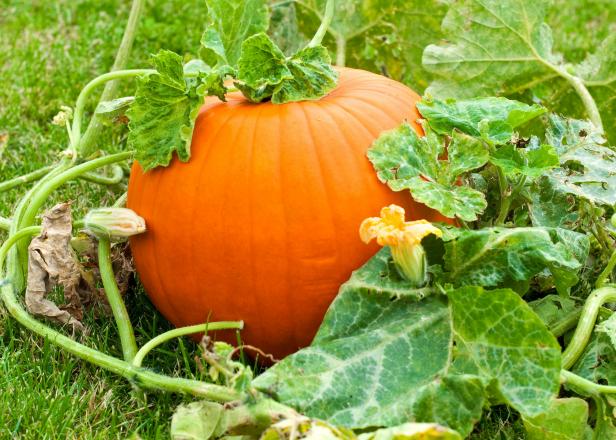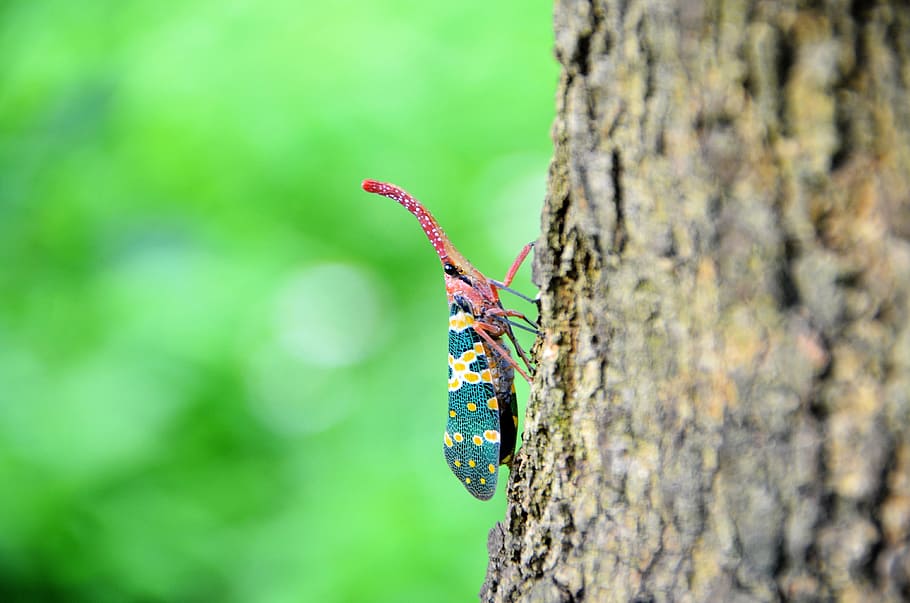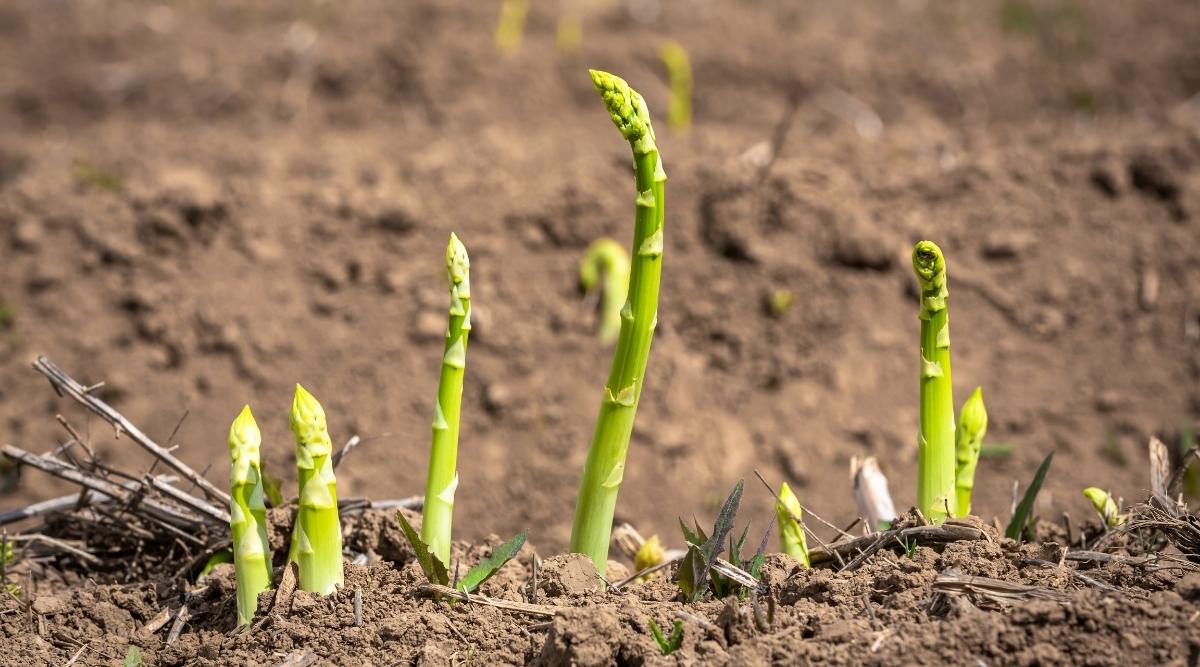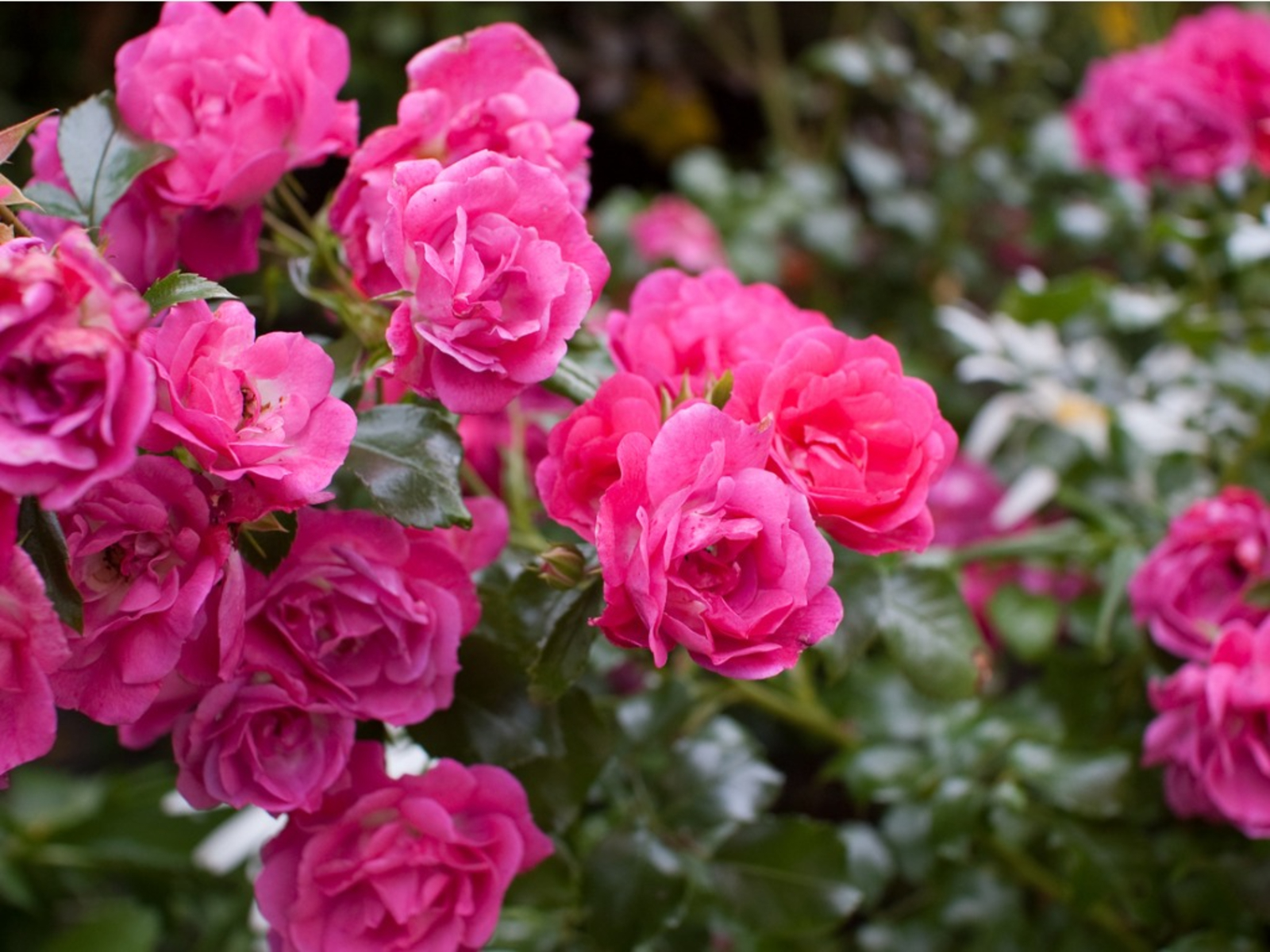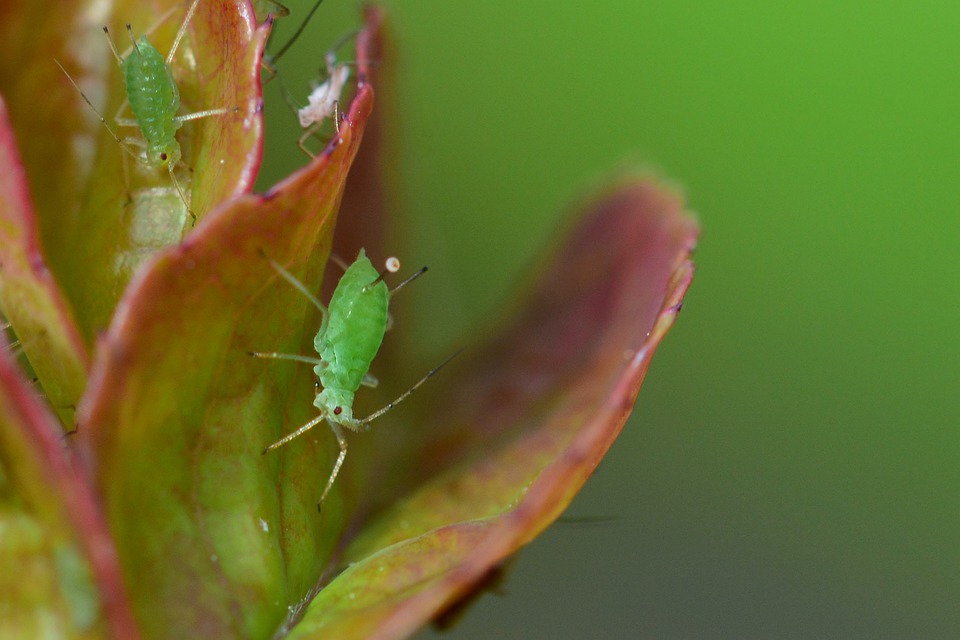The pumpkin is a member of the cucumber family. It is easy to grow. The seeds germinate very quickly and grow vigorously. If you want to grow large, healthy pumpkins, you need to pay attention to the following points:
1) The Right Seeds
Getting the right seeds is very important. In the case of giant pumpkins, it is best to get seeds from the right supplier, such as the United States or Canada. They should be sown annually. Seeds should be sown indoors after mid-April, preferably in a large pot with a hole drilled in the bottom to allow excess water to drain off, filled with good quality culture soil, lightly crushed, and well moistened before sowing.
After sowing, if necessary, lay a plastic sheet (such as cling film) over the pot and poke about 20 holes in it (e.g., with a toothpick). This foil keeps the temperature and humidity of the soil. Since the seeds have hard shells, it is best to soak them in water for a few hours before inserting them into the soil. Seeds germinate best at 20-25°C. They can also be sown outdoors in a well-ventilated area starting mid-May; after 5 to 10 days, seed leaves 2 cm long will sprout from the soil. Then it is essential to get plenty of light. Light, warmth, and plenty of moisture will ensure good growth. The plant also grows well in greenhouses and winter gardens.
2) Right Place, Right Time
In May, when nighttime freezes are gone and there are four or five leaves, the entire root ball can be planted in the garden. Remove the pot carefully to avoid damaging the roots. It is best if the plant is in full sun and sheltered from the wind. (If necessary, warm the plant by covering it with a small plastic tunnel at night or on cooler days.) Be careful not to let the leaves touch the vinyl, as this can cause sunburn. (A mini greenhouse can easily be made from a bent PVC pipe or a wooden structure lined with plastic sheets. During hot days, open one or two sides of the mini-conservatory. This is important because temperatures can quickly rise under the plastic cover, and the seedlings can get sunburned. Therefore, open it in the morning and close it tightly in the evening.
3) Sufficient Surface Area
A giant pumpkin can have up to 800 leaves and an area of more than 90 m². The more space there is for the plant, the bigger (and heavier) the pumpkin can get.
4) Fertile Soil
Pumpkins do best in loose, humus-rich, profoundly tilled soil, away from other vegetable gardens. The place of choice for growing pumpkins is on high hills. There they will find plenty of food and moisture. Proper fertilization is essential. Pumpkins absorb large amounts of nutrients from the soil over a long period, so using a good organic fertilizer will give the best results. In fact, organic fertilizers release nutrients (N, P, K, magnesium, and trace elements) over a long time. This way, the pumpkin grows without stress. In addition, do not forget to add organic potassium (= potash) after fruiting. A pH of 6.5 to 7 is ideal; anything below 7 is acidic, and anything above 7 is alkaline. If the soil is acidic (too low Ph), lime (algae) should be added.
5) Watering
Water several more times after sowing. But even after that, pumpkins need plenty of water. Be careful not to destroy the soil structure by watering or bottom stomping. Watering should be done in the morning to prevent the soil from getting too cold. Pour water into the compost, with or without fertilizer. The soil around the pumpkin should be covered with hay, straw, or cut grass.
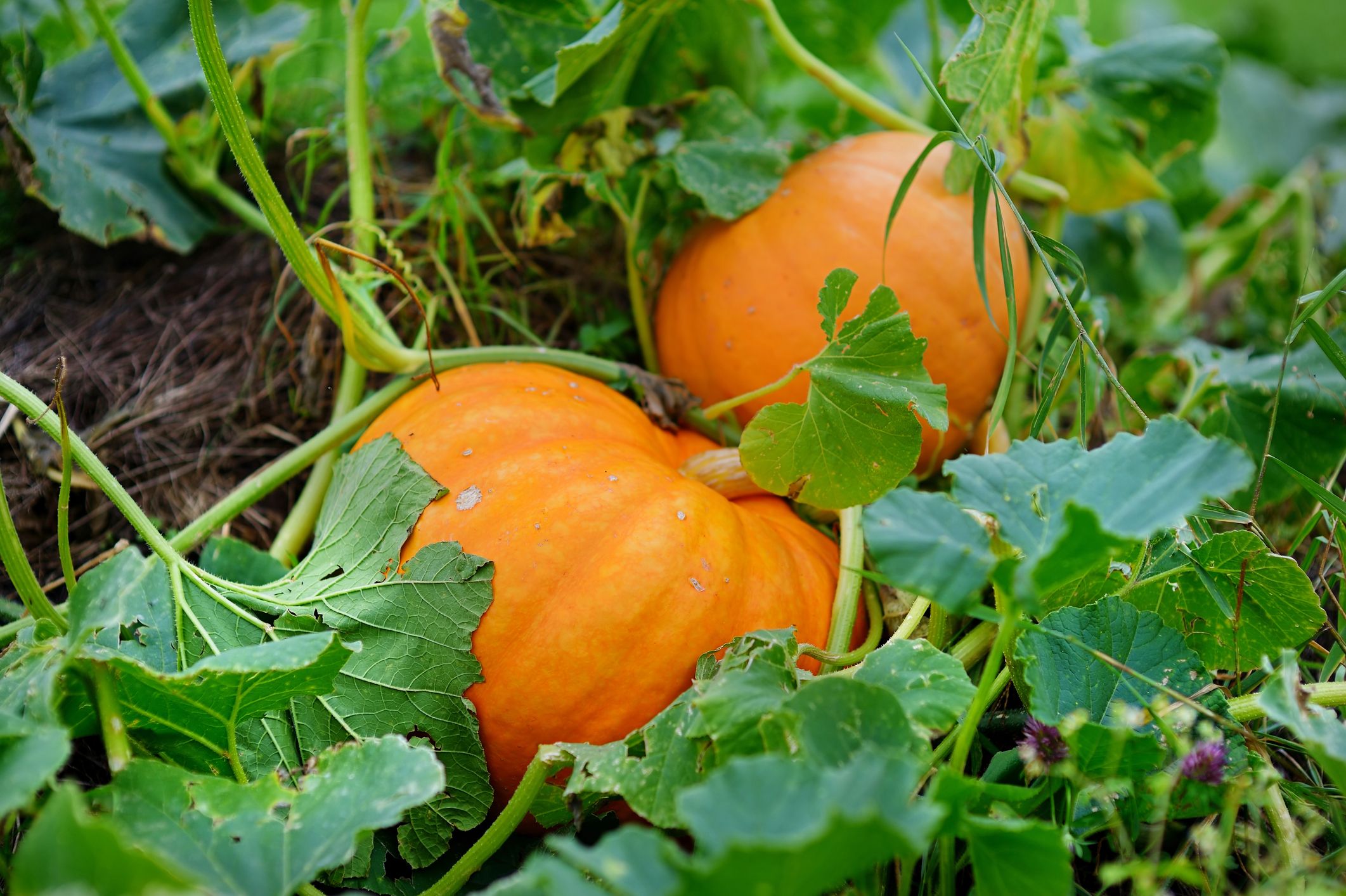
6) Plant Care
Once planted, the plant can be allowed to continue to grow. Once germinated and well-rooted, some plants can crawl 20 to 40 cm daily with enough water and fertilizer.
Let us know if these few tips have helped you in the comments below!

